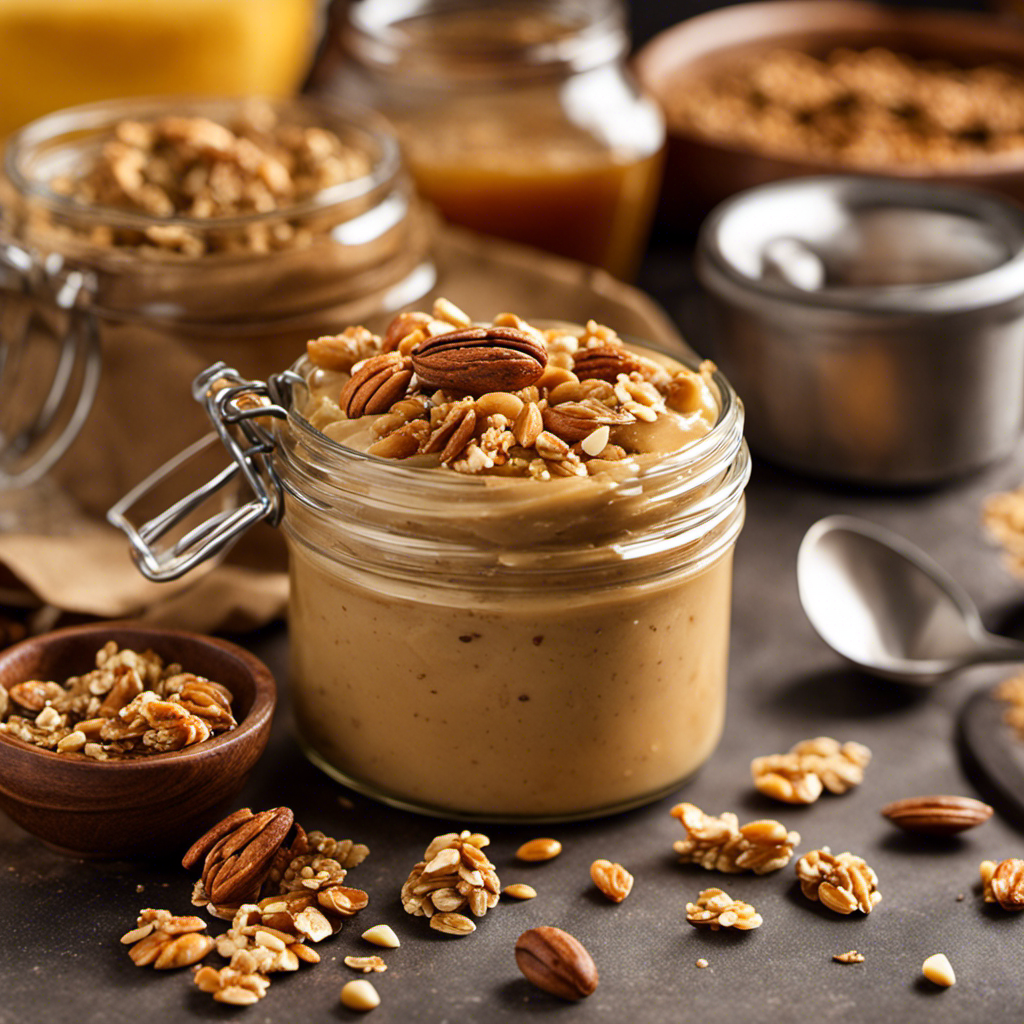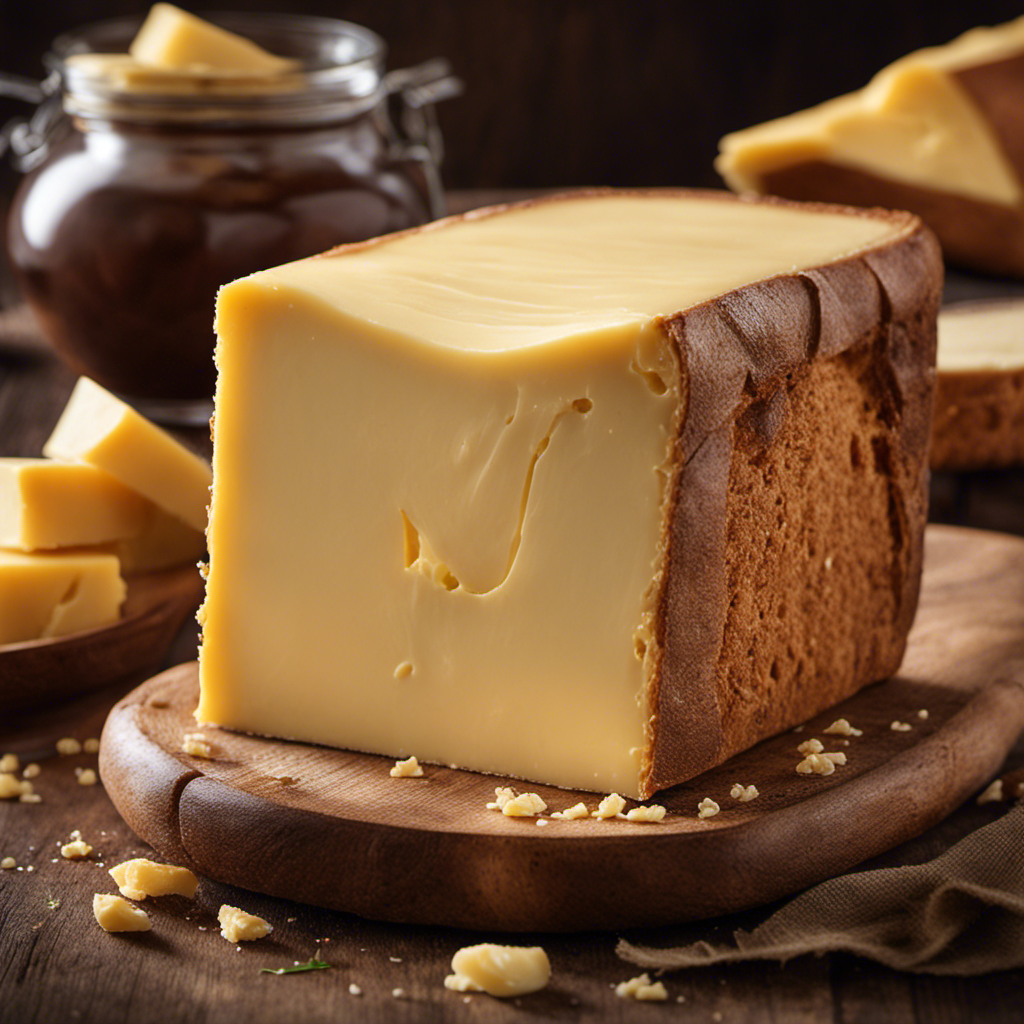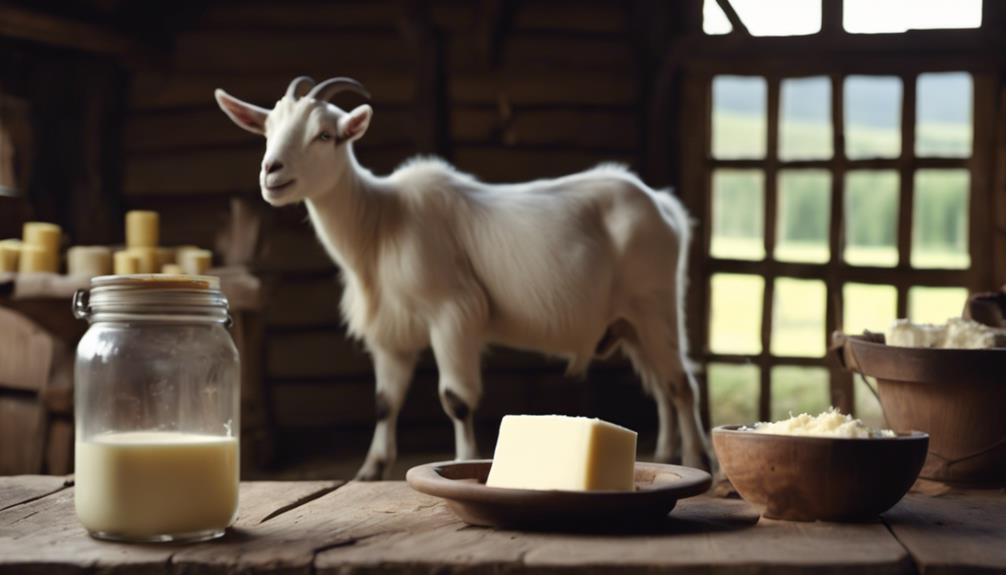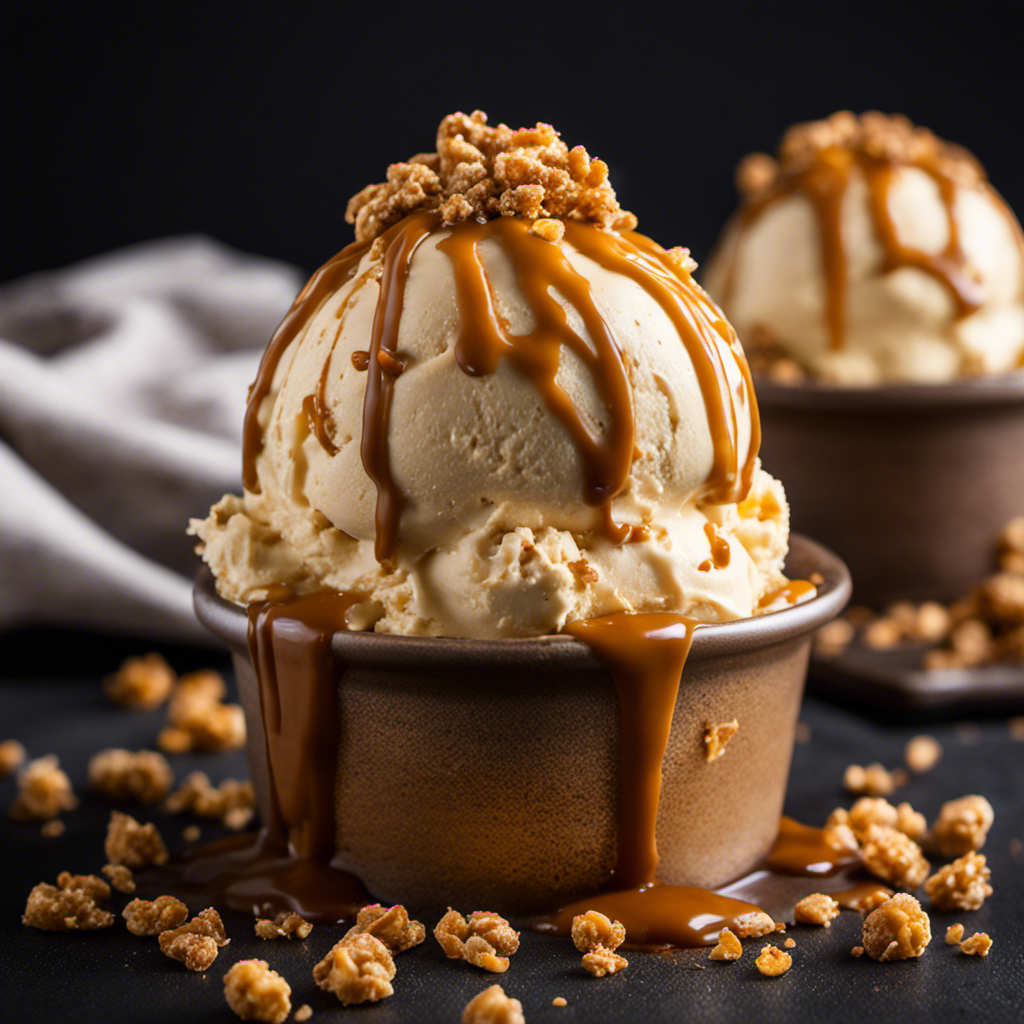I’ve always believed that giving is like spreading butter on warm toast – it’s a simple act that brings joy and nourishment to those nearby. This is the central philosophy behind Give Butter.
It’s an innovative fundraising platform that empowers individuals and organizations to make a difference in the world. With its user-friendly features and seamless process, Give Butter has revolutionized the way we give back.
In this article, we’ll explore the history, key features, and success stories of Give Butter, and discover the benefits of using this incredible platform.
Key Takeaways
- Give Butter started as a small platform for online fundraising and has evolved into a powerful tool with a significant impact on fundraising efforts.
- The platform offers customizable donation pages, peer-to-peer fundraising, event management tools, donor management system, and social media integration.
- Give Butter works by creating personalized fundraising campaigns, showcasing the organization’s mission through storytelling and visual content, and providing analytics and reporting features.
- Using Give Butter has resulted in increased donor engagement, streamlined fundraising processes, expanded reach, enhanced donor experience, and improved fundraising results.
The History of Give Butter
I’ll explain the history of Give Butter.
Give Butter has come a long way since its inception. It started as a small, innovative platform for online fundraising, but has now evolved into a powerful tool with a significant impact on fundraising efforts.
The founders of Give Butter recognized the need for a more efficient and user-friendly way to raise funds, and thus, Give Butter was born.
Over the years, Give Butter has grown exponentially, attracting numerous nonprofit organizations, schools, and individuals who rely on its platform for their fundraising campaigns.
The impact of Give Butter on fundraising has been immense. It has revolutionized the way people fundraise, making it easier, more accessible, and more successful.
Give Butter has truly changed the game, empowering individuals and organizations to reach their fundraising goals like never before.
Key Features of Give Butter
One of the key features that stands out about Give Butter is its user-friendly interface.
-
Customizable donation pages: Give Butter allows nonprofit organizations to create customized donation pages that align with their branding and mission.
-
Peer-to-peer fundraising: The platform enables supporters to create their own fundraising campaigns on behalf of the organization, expanding its reach and impact.
-
Event management: Give Butter provides tools for organizing and promoting fundraising events, including ticketing and registration features.
-
Donor management: Nonprofits can easily track and manage their donors, including their contact information and donation history.
-
Social media integration: Give Butter seamlessly integrates with popular social media platforms, making it easier for organizations to promote their campaigns and engage with their supporters.
Give Butter is a comprehensive fundraising platform that offers a range of features tailored to the needs of nonprofit organizations. Its user-friendly interface and customizable options make it a valuable tool for organizations looking to raise funds, engage supporters, and manage their donor base effectively.
How Give Butter Works
To start using Give Butter, simply create a fundraising campaign and customize the donation page to align with your organization’s branding and mission. Give Butter provides seamless payment integration, making it easy for donors to contribute and organizations to receive funds.
With Give Butter, you can create engaging and personalized fundraising campaigns to reach your target audience effectively. The platform allows you to showcase your organization’s mission, goals, and impact through compelling storytelling and visual content. By incorporating payment integration, Give Butter ensures a smooth donation process for your supporters, allowing them to contribute with just a few clicks.
The platform also provides analytics and reporting features, allowing you to track the success of your fundraising campaigns and gain valuable insights into your donor base. Give Butter simplifies the fundraising process, empowering organizations to raise funds efficiently and effectively.
Success Stories With Give Butter
I recently heard about some incredible success stories from organizations using Give Butter for their fundraising campaigns. Here are a few examples of how Give Butter has made a significant impact on nonprofit organizations and the role of technology in their fundraising success:
-
Increased donor engagement: Give Butter’s user-friendly platform has allowed organizations to connect with donors on a more personal level, resulting in increased engagement and support.
-
Streamlined fundraising process: By leveraging Give Butter’s technology, nonprofits have been able to streamline their fundraising efforts, saving time and resources.
-
Expanded reach: Give Butter’s online platform has enabled organizations to reach a wider audience, breaking geographical barriers and attracting new supporters.
-
Enhanced donor experience: With Give Butter’s innovative features, donors have enjoyed a seamless and convenient giving experience, leading to increased satisfaction and continued support.
-
Improved fundraising results: Nonprofits using Give Butter have seen a significant boost in their fundraising results, surpassing their goals and achieving greater impact.
Overall, Give Butter’s technology has revolutionized the way nonprofits fundraise, empowering them to make a greater impact and achieve fundraising success.
Benefits of Using Give Butter
Using Give Butter has allowed me to easily connect with donors, streamline my fundraising efforts, and reach a wider audience.
The platform has proven to be a game-changer for my organization’s fundraising initiatives. By providing a user-friendly interface and intuitive features, Give Butter has made it effortless to create impactful fundraising campaigns.
The streamlined donation process ensures that donors can contribute quickly and seamlessly, increasing the likelihood of their participation.
The platform also offers a variety of tools and integrations that have simplified our administrative tasks, saving us time and resources.
With Give Butter, we’ve been able to expand our reach and engage with a broader audience, resulting in increased donations and support for our cause.
Overall, Give Butter has revolutionized our fundraising efforts and helped us achieve significant results.
Frequently Asked Questions
Is Give Butter Only Available for Non-Profit Organizations?
No, Give Butter is not only available for non-profit organizations. There are pros and cons to using Give Butter for non-profits, and alternatives to consider for fundraising campaigns.
Can Give Butter Be Integrated With Other Fundraising Platforms?
Yes, Give Butter can be integrated with other popular fundraising platforms. By using Give Butter alongside other tools, you can maximize your fundraising efforts and reach a wider audience. Isn’t that amazing?
Is There a Limit to the Number of Campaigns That Can Be Created on Give Butter?
There isn’t a limit to the number of campaigns you can create on Give Butter. It offers campaign customization options and provides fundraising success metrics to help you track your progress and improve your results.
Are There Any Transaction Fees Associated With Using Give Butter?
Yes, there are transaction fees associated with using Give Butter. These fees cover the cost of payment processing and ensure that transactions are securely processed.
Does Give Butter Provide Customer Support for Users?
Give Butter provides excellent customer support to its users. Whenever I have a question or issue, their team is always available to help me out. They truly go above and beyond to ensure a positive experience.
Conclusion
Give Butter isn’t just a platform for online fundraising. It’s a beacon of hope in the stormy sea of charitable giving. Like a lighthouse guiding lost ships to safety, Give Butter illuminates the path for organizations and individuals to reach their fundraising goals.
With its user-friendly interface and innovative features, Give Butter empowers users to make a real difference in the world.
So, set sail with Give Butter and let your generosity shine bright.










